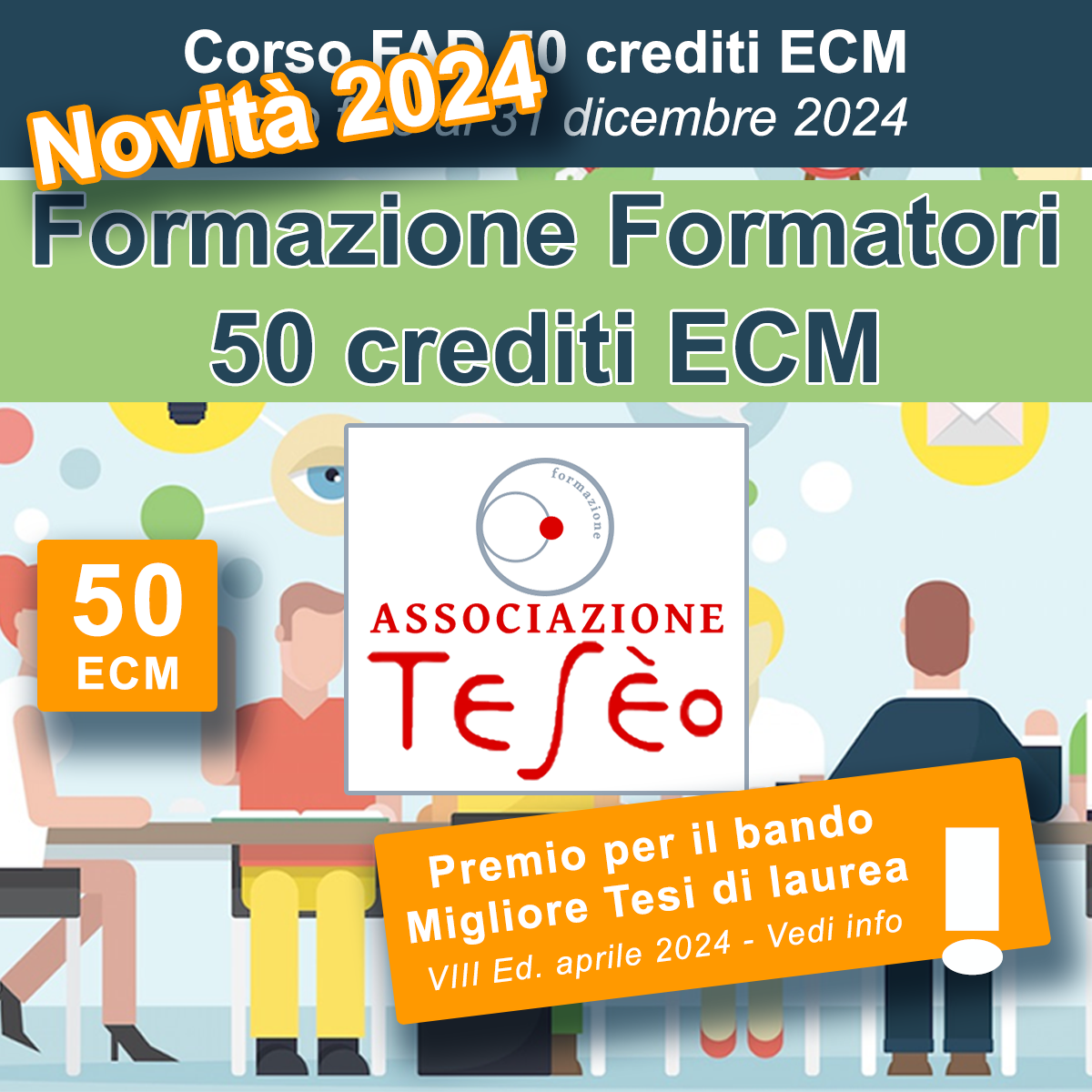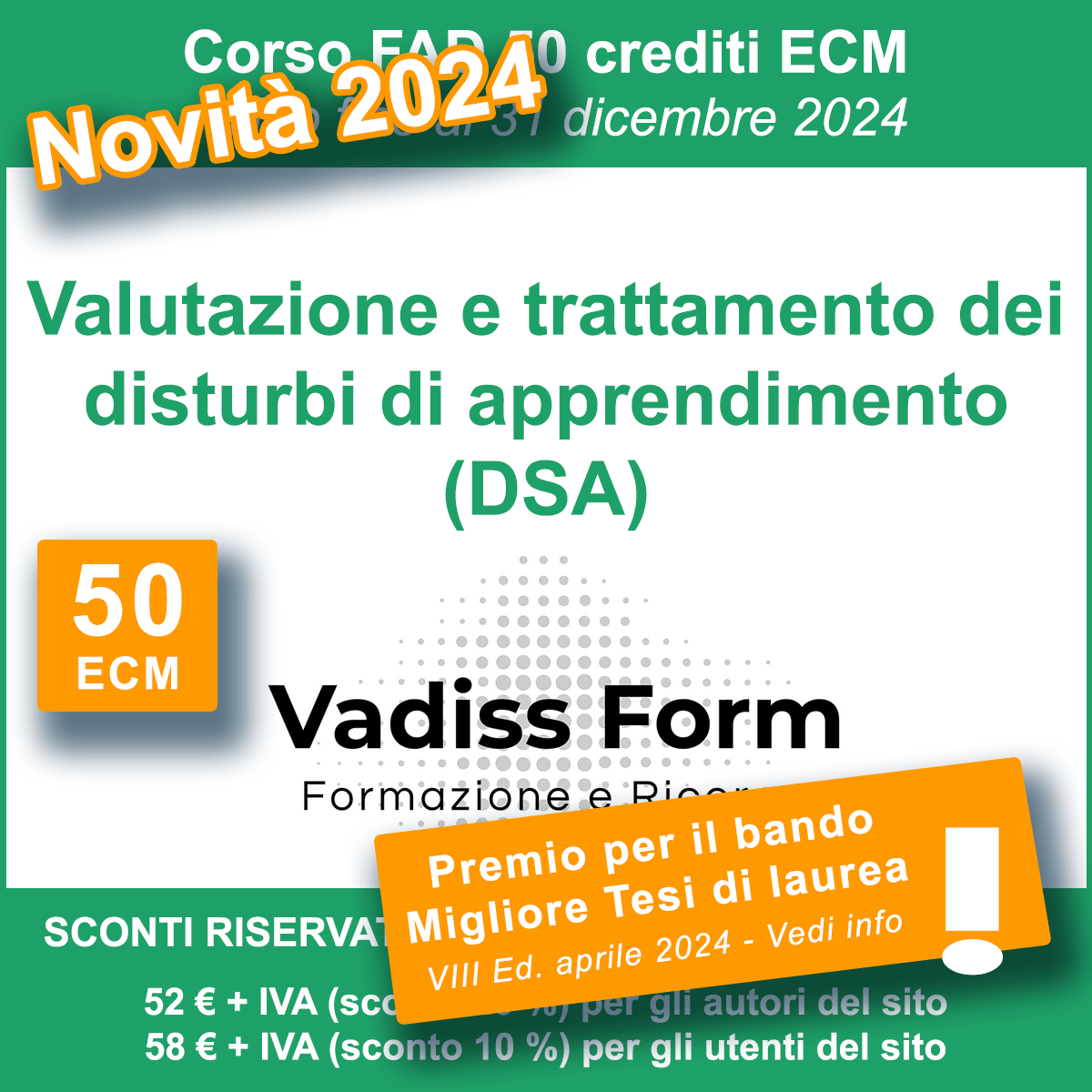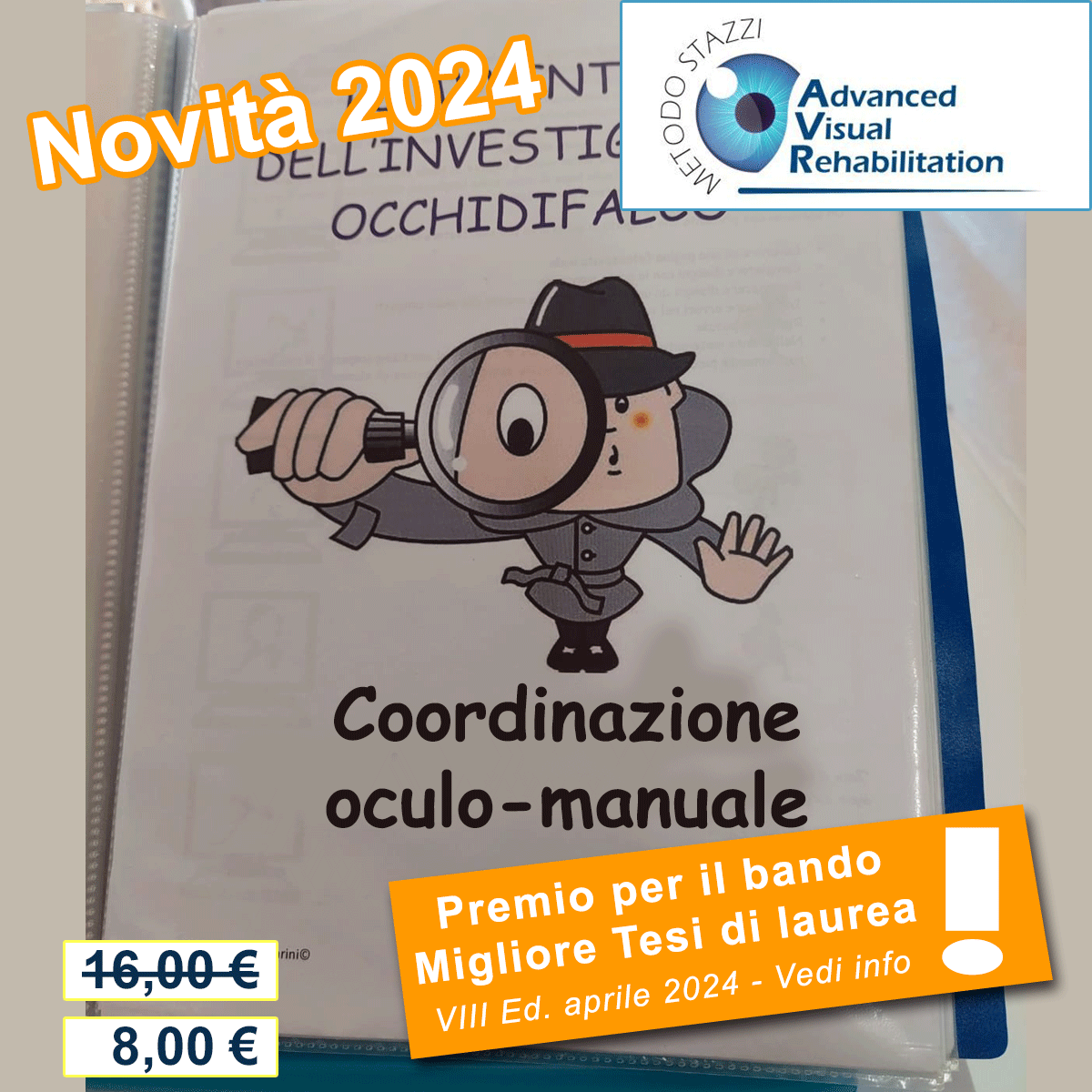BIBLIOGRAFIA - Modello della Family Centered Care (FCC)
- Ainbinder J.G., Blanchard L.W., Singer G.H., Sullivan M.E., Powers L.K., Marquis J.G., Santelli B., Consortium to Evaluate Parent to Parent, A qualitative study of parent to parent support for parents of children with special needs. Journal of Pediatric Psychology 1998; 23: 99-109
- Als H., Duffy F.H., McAnulty G.B., Rivkin M.J., Vajapeyam S., Mulkern R.V., Warfield S.K., Huppi P.S., Butler S.C., Conneman N., Fisher C., Eichenwald E.C., Early experience alters brain function and structure, Pediatrics 2004; 113:846-857
- Andrews K., The limitations of randomised controlled trials, Clinical Rehabilitation 1991; 5:5-8
- Bertozzi L., Montanari L., Mora I., Architettura delle funzioni. Milano: Springer-Verlag Italia, 2002: 55-77
- Bowlby J., Child Care and the Growth of Love, Harmondsworth: Penguin, 1953
- Brazelton T. B., Nugent J.K., La scala di valutazione del comportamento del neonato, ed. MASSON, 1997
- Cross, Services to minority population: Cultural competence continuum. Focal point 1988; 2(5):4. Portland, OR: PortlandStateUniversity
- Dunst C.J., Johanson C., Trivette C., Hamby D.,Family-oriented early intervention policies and practices: Family-centered or not?, Exceptional Children 1991;58:118
- Edelman G.M., Neuronal Darwinism. The theory of neuronal group selection. Oxford: OxfordUniversity Press, 1989
- Fiese B.H., Family context in pediatric psychology from a transactional perspective: family rituals and stories as examples”, J Pediatr Psycol 1997; 22:183-196
- Freedman, Perspectives from states. Presented at the ACCH Family Centered Care Panel, WashingtonD.C., 1986
- Gibson CH., A concept analysis of empowerment, J Adv Nurs 1991; 16(3): 359
- GIPCI, Manifesto per la Riabilitazione del Bambino, Giorn Ital Med Riab 2000; 14:14-15
- Grotberg E., A Guide to Promoting Resilience in Children: Strengthening the Human Spirit, Early childhood development: Practice and reflections 1995; 8. The Hague, Paesi Bassi: Bernard van Leer Foundation.
- Harris S. L., Boyle Th. D., Fong P., Gill M.J., Stanger C., Family of developmentally disabled children. In: Wolraich M., Routh D.K. (a cura di). Advances in Developmental and Behavioural Pediatrics 1987. London: JAI Press
- House Memorial 5 Task Force on Young Children and Families, First step to a community based, coordinated continuum of care for New Mexico children and families, 1990:1
- Jones D., A question of diversity. National Center for Family-Centered Care Network 1991; 9(3):10. Bethesda, MD: Association for the Care of Children Health
- Larroque B., Ancel P.Y., Marret S., EPIPAGE Study Group, Neurodevelopmental disabilities and special care of 5-year-old children born before 33 weeks of gestation (the EPIPAGE study): a longitudinal cohort study, Lancet 2008; 371 (9615):813-820
- Law M., King S., Stewart D., King G., Terry L., Chiu J., The effects of parents support groups for parents of children with disabilities, Physical & Occupational Therapy in Pediatrics 2001:30
- Lawer M. e Mattingly C., The complexities embedded in family centered care, American Journal of Occupation Therapy 1997;52: 259-267
- Leninger, Nursing and anthropology: Two words to blend, NY: Wiley, 1970
- Litchfield e MacDougall, Professional issues for physiotherapists in family-centered and community-based settings, Australian Journal of Physiotherapy 2002; 48 (2): 105-112
- Lynch E.W. e Hanson M.J., Developing cross-cultural competence: A guide for working with young children and their families. Baltimore, MD: Paul H. Brookes Publishing Company, 1992
- Manciaux M., Vanistendael S., Lecomte J., Cyrulnik B., La résilience: état de lieux, La résilience: resisteret se construire, Cahiers Médico-Sociaux 2005; 5: 13-20
- Milani Comparetti, Terapia delle affezioni neuromotorieinfantili. In: Bonavita V., Quattrone A., (eds).Terapia medica delle malattie del sistema nervoso. Padova: Piccin Editore, 1985
- Pain H., Coping with a child with disabilities from the parents' perspective: the function of information, Child: Care, Health and Development 1999; 25 (4)
- Pisaturo C., Appunti di psicomotricità, Padova: ed.Piccin, 1996: 225-257
- Robertson J., Young children in Hospital, London: Tavistock Publications, 2nd edn 1970
- Rutter M., Resilience concepts and findings: Implication for family therapy, Journal of Family Therapy 1999;21: 119-144
- Sainsbury C.P.Q., Gray O.P., Cleary J., Davies M.M., Rowlandson P.H., Care by parents of their children in hospital, Archives of disease in childhood 1986; 61: 612
- Select Panel for the Promotion of Child Health. Better health for our children: A national strategy, volume I. Washington, DC: U.S. Department of Health and Human Services, 1981: 53
- Shelton, Terry L., Stepanek, Jennifer Smith, Family Centered Care for Children Needing Specialized Health and Developmental Services. Bethesda, MD, ACCH, 1994
- Smith L., Coleman V., Bradshaw M., L’assistenza centrata sulla famiglia, Napoli: EdiSES, 2008
- Warren I., Guidelines for infant development in the neonatal nursery, London: Winnicott Baby Unit, 2001
- Wilson, The developmental psychology of the black child, NY: Africana Research Publications, 1978
- Zanobini M., Manetti M., Usai M., La famiglia di frontealla disabilità. Trento: Erickson, 2002
- Zanobini, M., Usai M., Psicologia dell'handicap e della riabilitazione. Milano: Franco Angeli, 1998
- Ferrari A., Cioni G. (a cura di), Paralisi Cerebrali Infantili – storia naturale e orientamenti riabilitativi, Pisa: Edizioni del Cerro, 1993: 203-240
- Ferrari A., Cioni G., Le Forme Spastiche della paralisi cerebrale infantile - guida all’esplorazione delle funzioni adattive – Springer-Verlag, 2005: 387-406
- GIPCI (a cura di Fedrizzi E.), La valutazione delle funzioni adattive nel bambino con paralisi cerebrale, Milano: ed. FrancoAngeli, 2000
- GIPCI (a cura di), La riabilitazione precoce nel bambino con danno cerebrale – dalle conoscenze neurobiologiche alla prassi terapeutica, ed.FrancoAngeli, 2009:95-128
- Goodman H., A different voice: More children by choice, Zero-to-Three 1993; 13(6):11
***
- Atti del convegno “Family Centered Care nel bambino con PCI: una via da sostenere?” – Rozzano, 12 giugno 2009
- Atti del convegno “Famiglia e handicap come risorsa: l’unica via possibile” – Rozzano, 10 e 11 giugno 2005
SITOGRAFIA
- http://www.familycenteredcare.org
- http://www.canchild.ca
- Bioetica e Riabilitazione 17/03/2006 www.palazzochigi.it/bioetica
- Celani B., L’impatto della disabilità sulla famiglia http://www.bibciechi.it/pubblicazioni/tiflologia/200601/Celani.rtf
- Green S. B., Significance of the Philosophy of Family centered care in the pediatrical clinical setting, 2008 - http://digitalcommons.uconn.edu/son_articles/49
- Manetti M., Zunino A., Frattini L., Zini E., Processi di resilienza culturale: confronto tra modelli euristici - http://www.aipass.org/paper/manetti.pdf
Indice
INTRODUZIONE
BIBLIOGRAFIA - SITOGRAFIA
Tesi di Laurea di: Irene DE MARIA






































